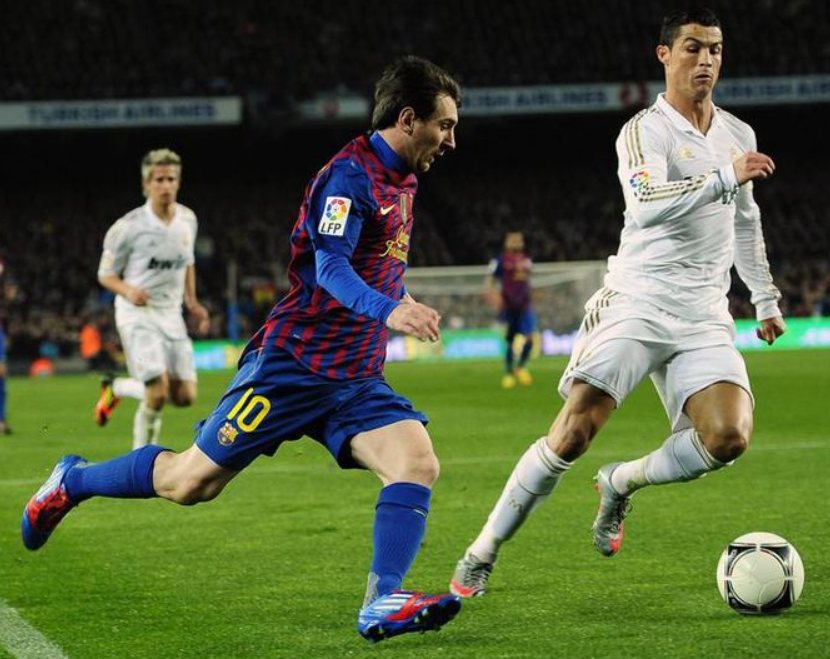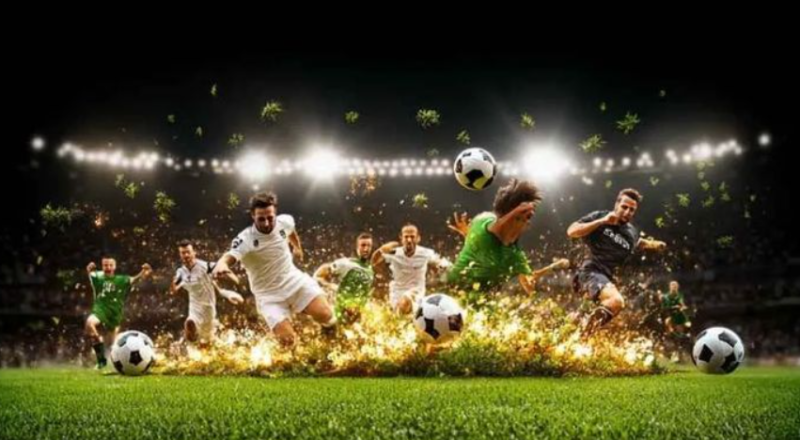There was a time when football was simple. You had your defenders, your midfielders, and one man whose job was brutally clear: score goals. The classic number 9. Big, strong, deadly in the box. Think Didier Drogba, Filippo Inzaghi, Ruud van Nistelrooy. But somewhere along the way, the role of the traditional striker began to fade.
Today, the football landscape looks different. The classic target man is harder to find in top teams, replaced by versatile forwards, pressing machines, or even midfielders masquerading as strikers. So, what happened to the old-school striker? And is he gone for good?
Why the Classic Striker Is Disappearing
The modern game demands more than just finishing. Tactical evolution, data-driven scouting, and changes in formations have pushed clubs to look for multifunctional players who can do more than poach goals.
Here are some key reasons behind the shift:
- Pressing intensity: Forwards are now the first line of defense. A striker who doesn’t press is a liability.
- Fluid systems: Modern managers like Guardiola, Klopp, and Arteta favor interchanging positions. A static striker limits that fluidity.
- Ball progression: Forwards are now expected to drop deep, carry the ball, or create space for others. Just waiting in the box isn’t enough.
- Rise of analytics: Data often shows that team structure and chance creation matter more than individual poachers.

What We See Instead: The New-Age Forward
Rather than relying on a pure goal-scorer, teams are turning to players who offer variety. These new forwards can score, yes, but also assist, press, drop into midfield, or attack from wide.
Examples of modern attacking styles:
- False Nine: A midfielder plays up front but constantly drops deep to overload the midfield (e.g., Messi, Firmino).
- Wide Forwards: Players who start wide but are their team’s top scorers (e.g., Salah, Mbappé).
- Hybrid Strikers: Big but mobile strikers who press and link play (e.g., Haaland, Kane under Southgate).
Traits of a Modern Forward vs. Classic Striker
Here’s a breakdown of how roles have shifted:
| Trait | Classic Striker | Modern Forward |
|---|---|---|
| Primary job | Finish chances | Create, press, score |
| Positioning | Fixed in central areas | Rotates across front line |
| Involvement in build-up | Minimal | Frequent, often deep |
| Defensive work rate | Low | High pressing responsibility |
| Tactical flexibility | Limited | Essential |
What We Might Lose (And What We Gain)
This shift isn’t without its costs. Many fans miss the raw drama of a penalty box predator — someone who lives for that one chance. But football also gains something new: unpredictability, tactical richness, and more goals from more areas.
What we lose:
- The pure thrill of a 30-goal poacher
- Simplicity and clarity in attacking roles
- The striker-as-icon (like Batistuta or Shearer)
What we gain:
- Dynamic, multi-functional attackers
- Greater team involvement in goal scoring
- Tactical creativity from the front three
Is the Classic Striker Gone for Good?
Not entirely. Players like Erling Haaland and Dusan Vlahovic show there’s still room for traditional skill sets — as long as they adapt. Even the most powerful finishers today are learning to press, drift wide, and connect play.
Football evolves, and so do its heroes. The number 9 shirt may still exist, but its meaning has changed. Maybe it’s not the death of the striker — maybe it’s just a rebirth.



